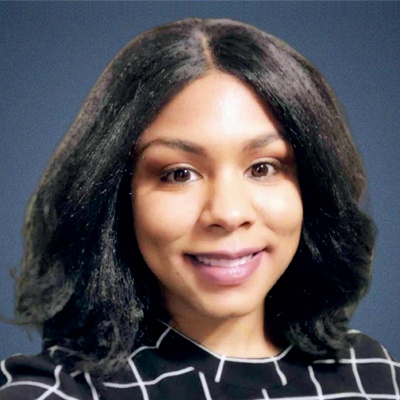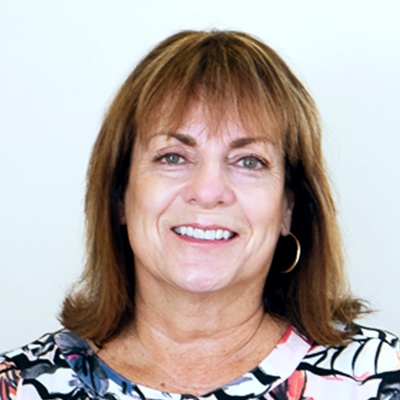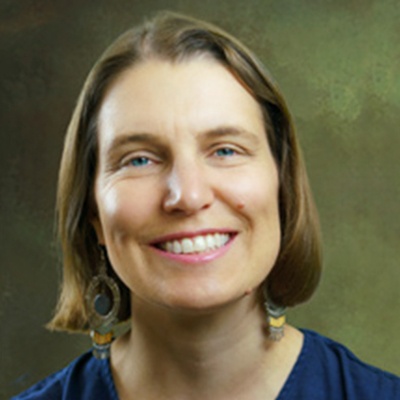CSULB professors explore our nation’s history and its connection to today
As the nation continues to grapple with racial injustice in the wake of the Black Lives Matter movement, Cal State Long Beach professors are helping students understand it in context by unpacking historical and structural racism. Here are some ways professors are incorporating anti-racism curricula into their classes and giving students a deeper understanding of the country’s history.
Scientific racism in literature and medicine

Crystal Lie designed her literature and medicine course with the Black Lives Matter movement in mind from the start. Lie, who started teaching at CSULB last fall, highlights Black experiences and voices in her course, which challenges students to think critically about the body and health along axes of identity categories like race, gender, sexuality, classes and nationality.
Her students read works by Black authors, including Mary Louise Pratt’s “Airways,” to examine the rhetoric of the “twin pandemics,” COVID-19 and systemic racism; Audre Lorde’s “The Cancer Journals,” which introduces students to racial differences and disparities in cancer care; and Harriet A. Washington’s introduction to “Medical Apartheid: The Dark History of Medical Experimentation on Black Americans from Colonial Time to the Present (2007),” which highlights the injustice of medical experimentation on Black Americans.
Students also read Victor LaValle’s “Destroyer #1,” a graphic novel that blends the bioethical concerns of Frankenstein’s monster with contemporary social justice concerns around Black Lives Matter and police violence. The comic, which is about a young Black boy who is killed by police and brought back to life by his mother, helps students connect past and present injustices but also helps them think about the future.
“Through these various channels, students learn about the legacy of slavery and scientific racism in medicine and come to view literature as a way of speaking back,” she said.
Lie said it’s important to include anti-racist material in her curriculum “in hopes of a better and more just future.” By teaching students about medical injustices and health inequities Black people have faced throughout history, Lie aims to facilitate anti-racist reflection and actions in students – many of whom want to go into healthcare-related fields.
“Reading about Black lives, students not only augment their understanding of health inequities and legacies of racism in modern medicine, but also gain a broader understanding of power dynamics across different embodiments,” she said. “These conversations add to our other topic explorations such as colonial violence, ableism and environmental racism.”
It’s important to model inclusion and intersectional work because Lie wants her students to feel welcome to share their stories and be open to tackling the social issues that are most pressing to them.
“Perhaps they might see themselves reflected in some of those voices and feel empowered to share their own, or feel a sense of belonging or solidarity, or even joy and inspiration,” she said. “I want them to know we are here to amplify marginalized voices and bring them into the center as perspectives that matter.”
Health disparities in the Black community

Amber Johnson, an assistant professor in health science, teaches her students about the history of racial health disparities, and how those disparities are the product of institutional racism - not a result of biological or genetic differences. She wants her students to understand and address historical, social, economic and psychological factors that contribute to differences in health outcomes.
Johnson details the federal policy of “redlining,” which aimed to restrict Black Americans to areas of disinvestment, and how those policies still affect Black people today. These areas often lack resources that promote health and wealth, such as access to healthy food options, healthcare, safety, and equitable distribution of resources.
Her students watch the documentary “Explained: The Racial Wealth Gap” to understand how racial disparities are a result of institutional and interpersonal racism, and how to address them.
It’s important for students to know that race is a social construct that continues to contribute to health disparities, she said. Race was developed by European settlers in America between 1660 and 1690 to establish laws and practices to determine who received differential and discriminatory treatment.
Black people, who were enslaved, were valued as the lowest of all human beings, so the construction of race is inherently racist, Johnson explained.
“This is the beginning of Black history in America and continues to play into how Black people are perceived and treated today," she said.
Race also contributes to health disparities, such as race-based medicine, which is the belief that Black people are biologically different than other racial/ethnic groups.
“My hope is to empower my students with knowledge to be leaders in reducing the significant impact of racial health disparities,” she said. “I want to train public health professionals to understand and address the complex interplay of factors (including racism) that contribute to health disparities.”
The Civil Rights movement and BLM in business law and ethics

Marsha Cooper, a lecturer in the College of Business, often uses real-life examples to teach concepts in her business law and ethics classes. So, when the Black Lives Matter movement revived last summer, she used it as an opportunity to expand her curriculum.
Cooper taught her students about the historical events leading up to the Black Lives Matter movement as well as affirmative action and its origin in her ethics class. She added additional content about The Civil Rights Act of 1964 and the laws that were enacted throughout history on behalf of African Americans in her business law class.
“I’ve always included this type of material, but it became more prominent in my lectures because of what was happening with Black Lives Matter,” she said. “It was an opportunity for everybody to see that it’s not enough just to not be racist. I wanted to focus on this so my students would take some action on their own.”
In teaching about the history of civil rights and anti-discrimination laws, Cooper emphasized that no one should be offended by marginalized groups fighting for equal rights and protections.
“Our history shows that oppressed people can’t become equal without the oppressors changing. You need the oppressors to change,” she said.
Cooper hopes that by including civil rights and anti-discrimination in her curriculum, her students will be able to critically think about how and why those decisions have been made. Since many of her students will go on to be managers and supervisors, she said it’s important for them to be armed with the knowledge of the injustices people of color have faced throughout history so they can successfully manage employees from all backgrounds.
Anti-Black racism in poverty and public policy

Sociology Professor Kerry Woodward’s poverty and public policy course aims to show how white supremacist policies created disproportionate poverty in Black communities, and how racist discourses and policies further entrenched poverty by promoting policing rather than investing in Black communities.
“The curriculum examines the policies that have led to racialized poverty (especially concentrated urban poverty) and the policies enacted either to assist or to manage and discipline poor people," Woodward said. “In all of these cases, anti-Black racism has been a driving force.”
The course explores the history of housing policies, which initially excluded many people of color from being able to buy homes, the government’s “pivotal role” in the creation of poor urban neighborhoods, and the racist history of welfare programs, including early New Deal programs that systematically excluded people working in certain industries, such as agriculture and domestic work, where the vast majority of African Americans worked at the time.
Once African Americans were granted access to welfare programs, they were blamed by politicians and the media for their poverty and painted as lazy and/or fraudulent “welfare queens,” “dead-beat fathers,” drug addicts and criminals, she said.
It is important to include the histories of marginalized people because those stories make up the history of our country and the world, Woodward said.
“But even more important is that the history of racism has shaped our neighborhoods, schools, prisons, and policies, and these institutions in turn perpetuate inequality, benefitting some of us, and disadvantaging others,” she said.
Although students know that Black, American Indian and Latinx people are more likely to be poor than white and Asian people, as products of American schools and culture they often struggle to explain the high rates of poverty among African Americans.
Students lean on cultural explanations when they don’t know the history, and those cultural explanations have been used to justify weak and paternalistic social policies that do more to reproduce racialized poverty and inequality than to alleviate it, Woodward said.
“I aim to show students the ways poverty is constructed and shaped through policy, and the way policies have often furthered racial — and gender — inequality,” she said. “The good news is that policies can change — and that we get to play a role in making that happen. If the problem is certain policies and their legacies, then the solution is different policies.”





